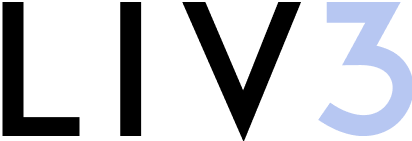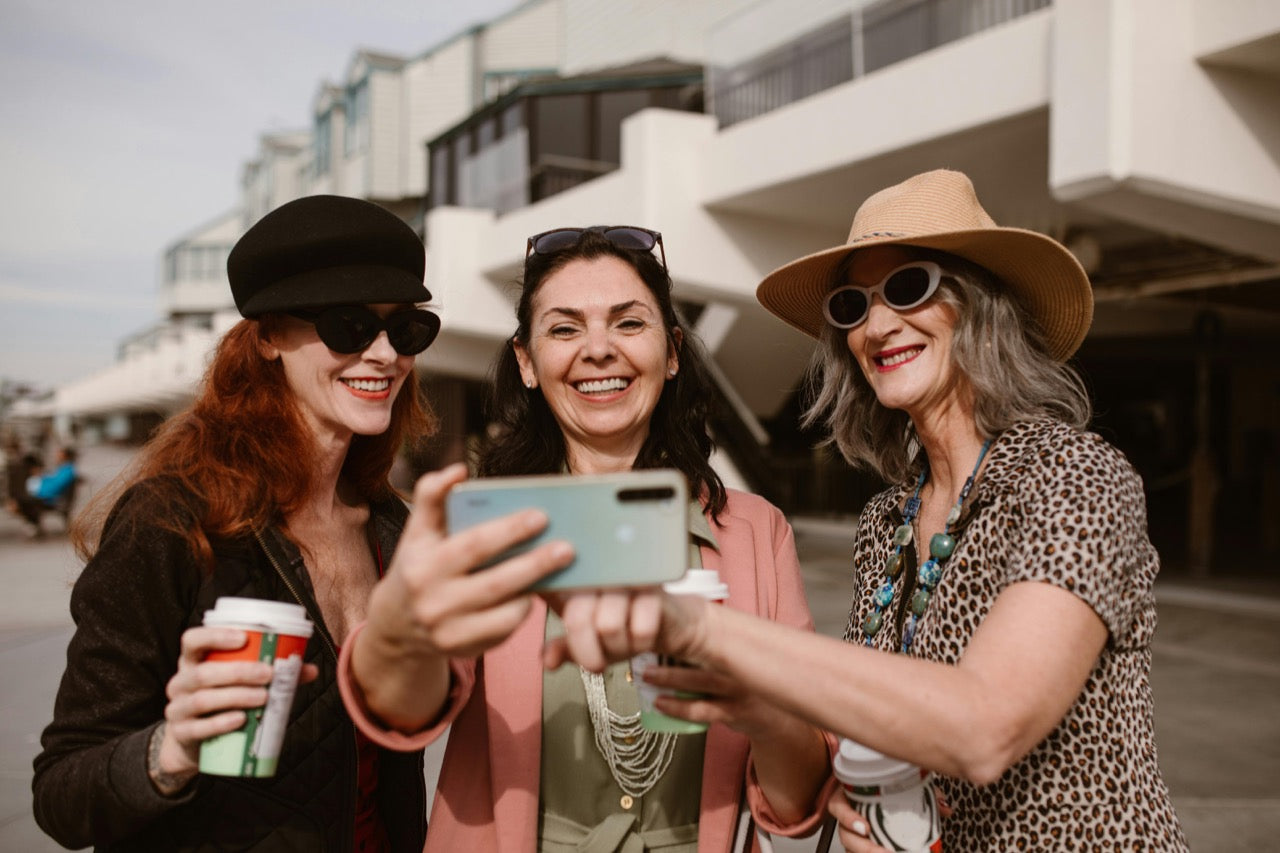Scientists have successfully restored the lost uricase enzyme, a key breakthrough in combating fructose-induced fat formation. This discovery offers new hope for preventing obesity and metabolic disorders by targeting how the body processes sugar and stores fat.
Limited Quantities Available! Order Today and Enjoy Free Shipping on Orders Over $100!
Why Traditional Diets Fail for Insulin Resistance — And What Actually Works

You’ve cut calories. You’ve exercised. But the fat won’t budge.
If that sounds familiar, insulin resistance may be the hidden reason—and most traditional diet advice completely misses the cause.
What Is Insulin Resistance?

Insulin is your body’s signal to store energy, especially glucose. Normally, cells respond by taking in glucose and using it for fuel. But over time, especially under metabolic stress, the cells stop responding. That’s insulin resistance.
Your body compensates by releasing more insulin—trying harder to push glucose into cells that can’t use it efficiently. This locks you in fat-storage mode, fuels cravings, and makes it almost impossible to burn fat effectively.
Why Conventional Diets Fail
Most diets focus on weight loss—not metabolism—and that’s the problem. They ignore what’s happening at the cellular level.
Low-Fat Diets
Often replace fat with carbs, which keeps insulin levels elevated and increases internal fat storage.
Extreme Calorie Restriction
Eating too little raises cortisol, your primary stress hormone. Elevated cortisol slows your metabolism and directly worsens insulin sensitivity, especially in the liver and abdominal fat.
Chronic Cardio
Long sessions of cardio without resistance training also raise cortisol. This can suppress thyroid function, increase appetite, and leave insulin resistance unchanged—or worse.
Cortisol is the common thread. Chronically elevated cortisol blunts insulin response and reinforces the cycle of fat storage and cravings.
But What About People Who Aren’t Overweight?
That’s the part most people miss: you don’t have to be obese to be insulin resistant.
Many individuals are what’s known as “skinny-fat”—normal weight on the outside, but carrying hidden visceral fat, fatty liver, and metabolic dysfunction underneath.
This explains why some people struggle with fatigue, cravings, and stubborn belly fat even when they don’t look unhealthy. Traditional weight loss advice doesn’t work—because it’s targeting the symptom, not the cause.
What Actually Works to Reverse Insulin Resistance
To truly fix insulin resistance, you need to restore your cell’s ability to burn fuel efficiently. Here’s what helps:
Intermittent Fasting
Reduces insulin levels, improves metabolic flexibility, and gives cells a break from constant fuel intake.
Carb Cycling
Alternating low- and moderate-carb days helps retrain the body to process glucose without overwhelming it.
Resistance Training
Builds muscle, which acts as a powerful glucose sink. The more muscle you have, the more insulin-sensitive you become.
Early Meal Timing
Eating earlier in the day improves insulin response and supports natural hormonal rhythms tied to metabolism.
The Missing Link: Fructose

Fructose may be the root cause of insulin resistance—even in people who aren't overweight.
It doesn’t spike insulin directly, so it goes unnoticed. But once inside your cells, fructose is broken down by an enzyme called fructokinase, which:
- Drains your cell’s energy
- Produces uric acid, damaging mitochondria
- Slows fuel processing
This creates a bottleneck in your metabolism.
Imagine your mitochondria as the neck of a bottle. When they’re healthy, energy flows freely. But fructose damages them—narrowing the neck. Fuel can’t get processed. Everything backs up.
Insulin keeps trying to push glucose into the cell, but it can’t be used. That’s insulin resistance.
And because your cells aren’t producing enough energy, your brain thinks you're starving—triggering hunger, fatigue, and cravings even when you're full of fuel.
This can happen even without eating sugar. Your body can make fructose internally when under stress from:
- High-carb or salty meals
- Alcohol
- Dehydration
- Even fasting—if your mitochondria are already impaired
Bottom line:
Fructose slows energy production by damaging mitochondria. That energy bottleneck drives insulin resistance and explains why your body feels starved even when it’s not.
Also Read - Controlling Fructose with Diet: Admirable, but Restrictive
A Smarter Way to Support Fructose Metabolism
If fructose is driving insulin resistance at the root, then targeting fructose metabolism may be the most effective way to restore metabolic health.
That’s where SugarShield comes in.
SugarShield supports healthy fructose metabolism by targeting the fructokinase pathway—with natural ingredients like:
- Luteolin, a powerful flavonoid studied for its ability to inhibit fructokinase
- Tart cherry extract, known to help reduce uric acid—a damaging byproduct of fructose metabolism
While research is still emerging, many users report:
- More stable energy
- Fewer cravings
- Improved insulin markers over time
If you’ve tried everything and still feel stuck, it might not be your willpower.
It might be fructose—and SugarShield is designed to help.
Disclaimer: The information in this blog reflects personal opinions, experiences, and emerging research. It is not intended as medical or professional advice and should not replace consultation with qualified professionals. The accuracy of this content is not guaranteed. Always seek guidance from a licensed expert before making any health-related decisions.


Chris | 🔬 Founder of LIV3 Health
⚡ A keen researcher dedicated to uncovering the root causes of metabolic dysfunction, the key driver of chronic conditions behind 70% of global deaths. His findings led to science-backed, natural solutions designed to inhibit fructose metabolism.
📢 Follow me on Reddit for insights on metabolic health and the future of wellness! -






